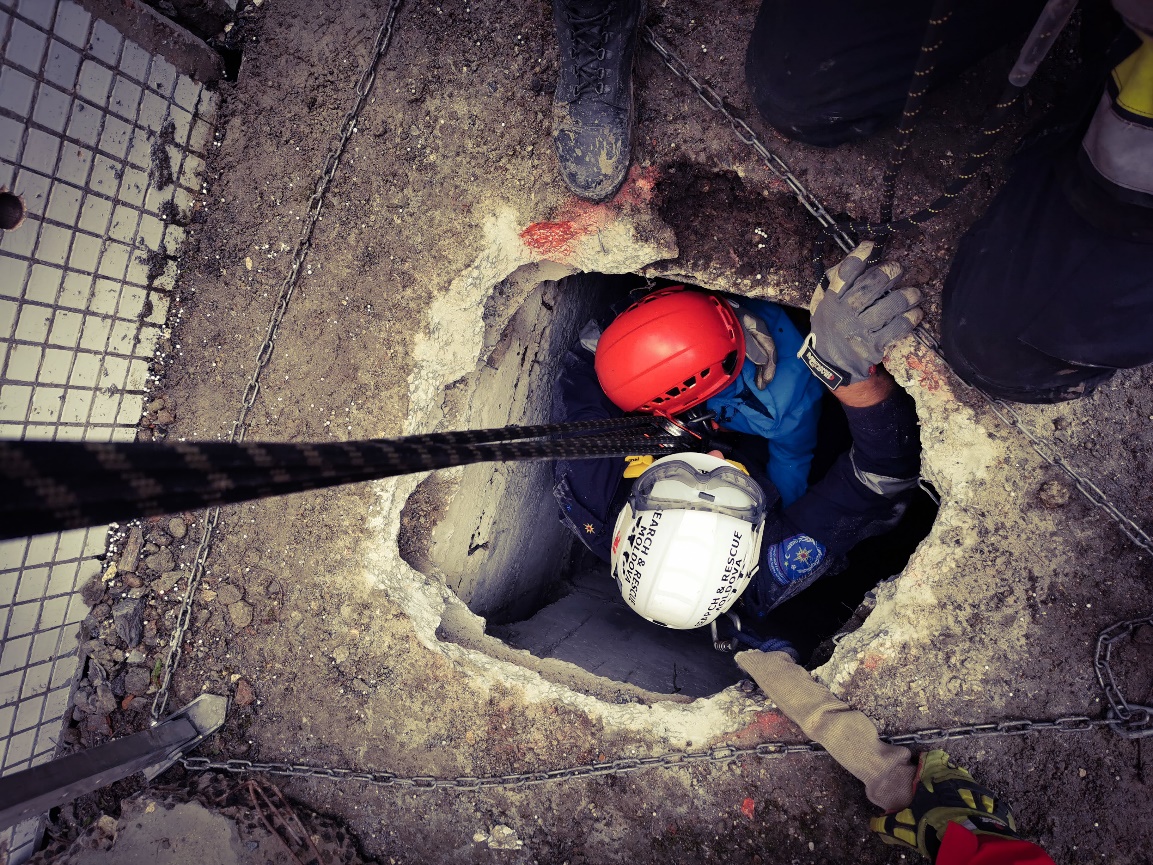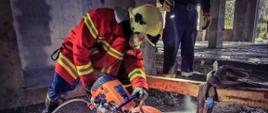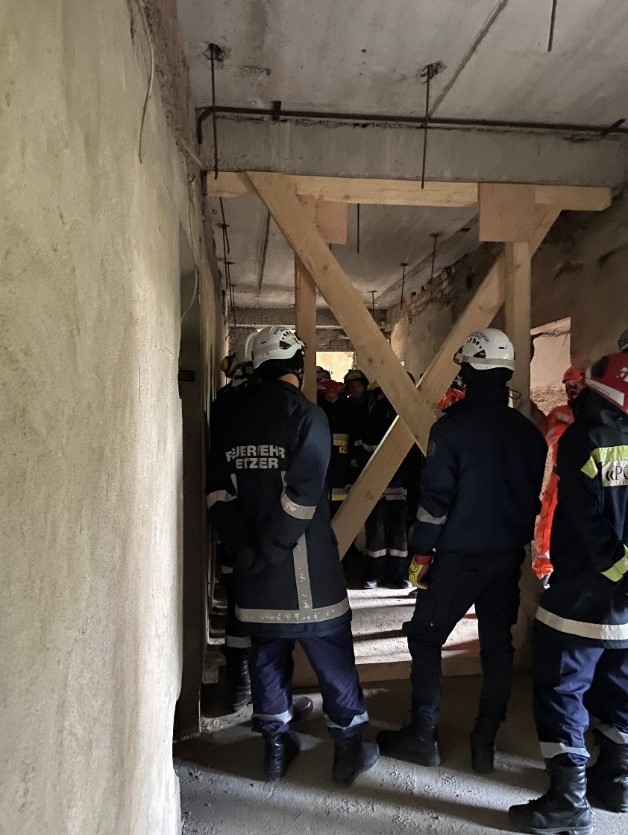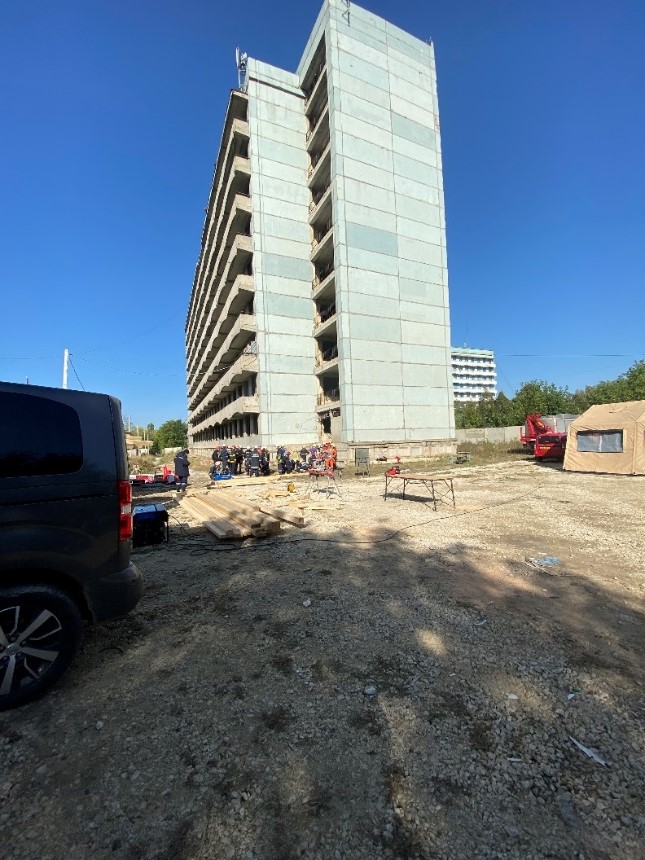Capacity building of Moldova’s search and rescue services in line with UN standards
27.11.2020
Since October this year, Moldovan emergency workers have been taking part in intensive training courses designed to improve their search and rescue skills, and to support and develop Moldova’s rescue potential.

The courses were held as part of a two-year project titled Capacity building of Moldova’s search and rescue services in line with UN standards, launched by the iHELP Institute and the General Inspectorate for Emergency Situations of the Ministry of Internal Affairs of Moldova.
One of the project’s scheduled activities was also an appraisal of operational abilities of Moldovan rescue services to carry out search and rescue missions. Based on the appraisal, a course curriculum was then prepared for Moldovan rescuers. The programme covers the following subjects: organisation and technical aspects of search and rescue missions, the tactics of SAR activities, training system for rescuers and rescue dogs, and field training to check the ability to use knowledge acquired during the course in practice.
On 19–23 October, the town of Balti hosted a workshop on stabilizing building structures with the use of hydraulic/pneumatic equipment and wood. The workshop was run by the foundation’s experts with many years of experience in the State Fire Service. The training course had two parts:
a theoretical one focused on the rules of building temporary stabilisation with the use of systemic shoring techniques and a presentation of various solutions most frequently applied by certified SAR groups. The second part was dedicated to discussing the principles of making a wooden stabilisation, beginning with the rules of selecting wood, through the types of shores that can be built, ending with the schemes of wooden parts’ joints.
A four-day training was held on a training ground. The trainees practiced building various types of stabilizations in the unfinished buildings of a hospital complex belonging to the Balti authorities. Bearing in mind the importance of health and safety rules in buildings with a damaged structure, the training staff recommended that only safe zones should be used, that is those which had already been secured. The course participants were divided into four groups, which allowed all rescuers to thoroughly practise each topic. Moreover, a special emphasis was placed on a safe use of devices that were purchased largely for the projects’ funds.
On 4–10 October, a Moldovan SAR group practiced rescue techniques and operations on a rubble heap in Chisinau.
The experts were the foundation’s representatives with many years of experience in the State Fire Service. They included: Grzegorz Borowiec – a training coordinator and expert on SAR management, Sławomir Wojta and Adam Piętka – experts on rescue techniques and stabilization.
The training was composed of two parts. The first one focused on theory, namely the tactics, the basic rescue methods used by SAR groups, as well as principles of shifting debris in a safe manner. The second part took place on a rubble heap, where the trainees could practice the previously presented rescue techniques. During the three-day course run on a rotational basis, rescuers had an opportunity to work at each post and learn how to appropriately use equipment, most of which was purchased for the project’s funds. Both the command of techniques and ability to properly complete tasks listed in the IEC/R INSARAG checklist are indispensable to obtain the INSARAG certificate.
On the last day of the course, a final training was organised, which aimed at checking the level of knowledge acquired by the participants. Rescuers were divided into four groups that worked simultaneously in four working zones. Although the foundation’s experts were overseeing the course of the training, the initiative was handed over to the heads of individual units. During the final task, special emphasis was put on proper and safe accomplishment of tasks. The training was also attended by representatives of the General Inspectorate for Emergency Situations of Moldova.



